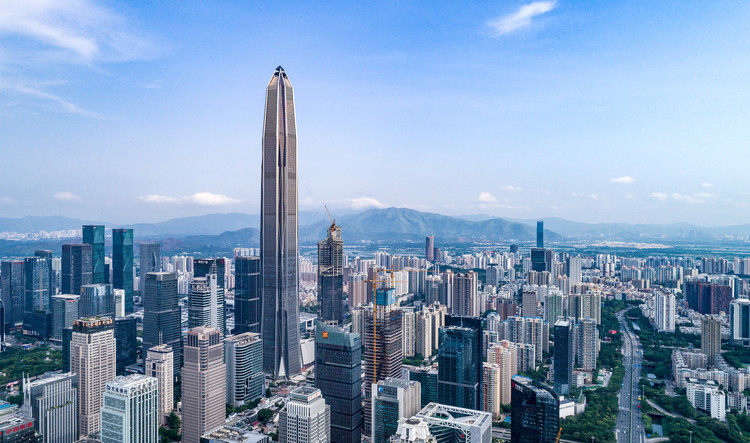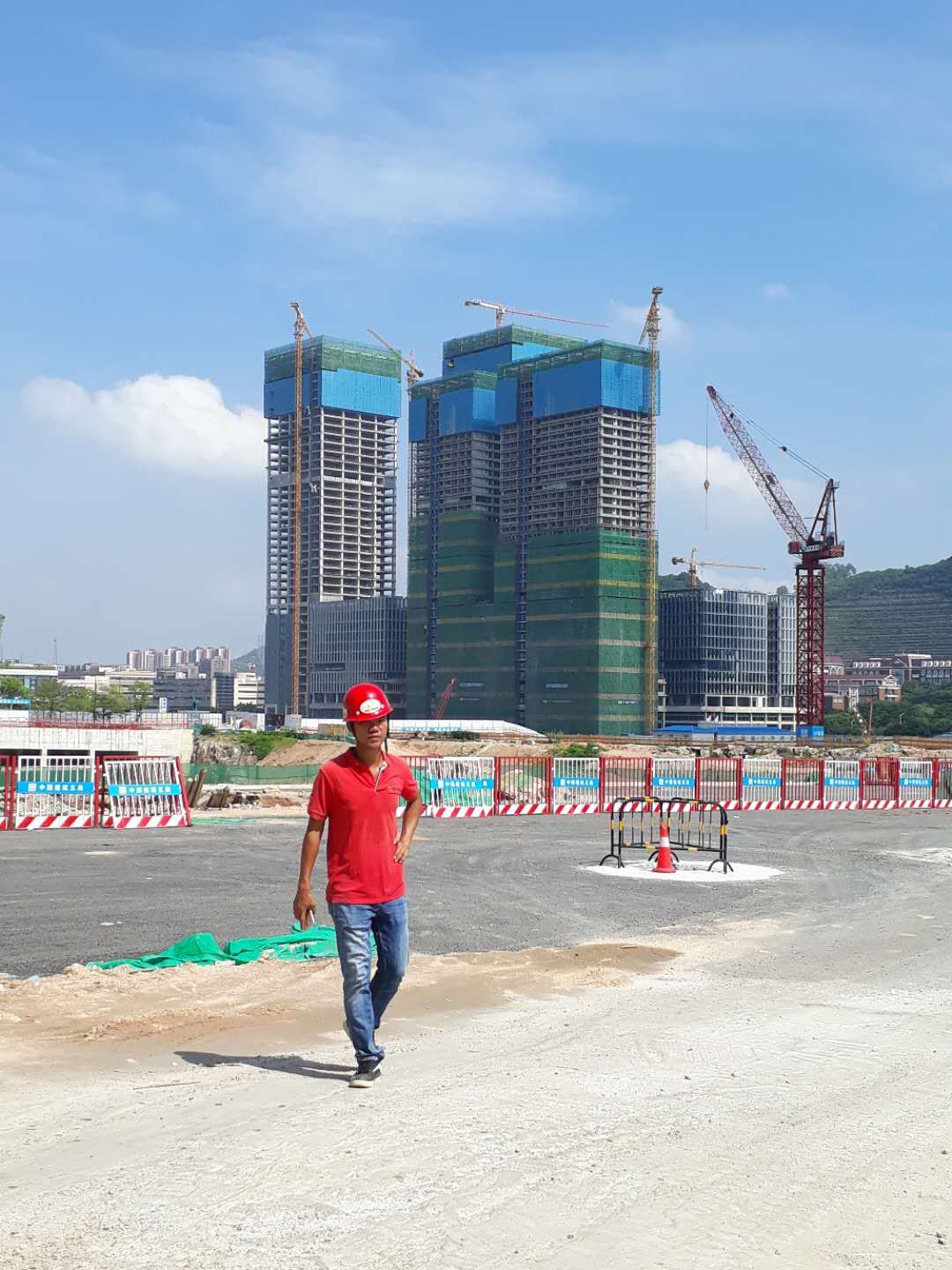
Our trip in China takes place in two differents cities: first Shenzhen and then Hong Kong. And as one is located at the border of main China and the other one is a somewhat independent state, there are a few contrasts that manifest themselves in many areas. The key aspect one which we concentrated ourselves is architecture and urban planning, because it says a lot about the system, while also having a big influence on it. Architecture reveals a lot about the politics, culture and general situation of its country, or system in this case, as we will see how the “one country, two systems” program impacts the life of their citizens and its constructions.
The city of Shenzhen is considered to be one of the fastest growing city of the world in all of human history. Due to industrialisation and the creation of a special economic zone at the end of the last century, this place started to grow very fast in the last thirty years. Becoming part of the Greater Bay initiative, the city of Shenzhen turned from Hong Kong’s backdoor low cost industry site to an important worldwide financial location. With this expansion, the city has also became an interesting place for innovative and modern architecture.
The fourth largest building in the world is located in Shenzhen. With a height of almost six hundred meters (599m) the Ping An Finance Centre is located in the center of the city.

Shenzhen is expanding a lot, both upwards, with as many as half (48) of the city’s skyscraper being built right now, and outwards with construction sites all over the map.

Even if Chinese government wants to show off with one of its largest city, Shenzhen stays a well balanced place between architecture, trafic and green zones. It even won a green city award in 2014! Comparatively to its neighbor the skyline of this city as been kept very low and has only a fraction in number of high buildings. This is because the government has put in place incentives to build lower spaces for more cultural activities. We experienced ourselves a good example of this practice: the x.factory quarters in which we worked for 10 days.

Hong Kong, in contrast, is an old british colony and while it also grew very fast, it has much more ancient and intricate history than its neighbour. Its geographical situation is also very different. While Shenzhen can be a bit hilly, Hong Kong has full fledged mountains and they’re often covered with more buildings too. As a peninsula accompanied by a few islands, Hong Kong can’t expand as much as it would like to and the legal situation doesn’t make it easier. Indeed, by law, the territory must stay covered in by at least 40% of green forest. Hong Kong’s political system being much slower and less flexible than China’s, this hasn’t been changed to transform the rest of the landscape. The logical solution to this it to build higher and Hong Kong is the city with the most skyscrapers in the world: 7’681, but as the city surface becomes denser, more cars have to come and park in it, creating unmanageable traffic and congestion. Shenzhen tries to avoid this with wider roads from the get-go.
As free space becomes a rare good in the Hong Kong area, the gouvernement is searching for new solution for this problem. Two decades ago, one of the most dangerous airports in the world, located in the center of Honk Kong, was closed. An area of approximately 2.5 km^2 could be gained out of this. The plan for the use of this newly-freed area was an implementation of residential towers and financial areas.
The government is also investing to gain new space for an additional area of the Hong Kong Science park. As we discovered at the HKSTP presentation the new area will be located at the north of the city. Delimited from one side be the border with Shenzhen, this new area will provide 1.2 hectare site witch will allowed to build new towers for additional 74,000 sqm. This space couldn’t have been found inside the city and it why this kind of project have to be delocalised.
Hong Kong having grown more organically, it is more chaotic and Shenzhen feels eerily harmonious at moments. The visuals mapped on the LED-covered facades of the buildings are synchronized on a massive amount of high-rise buildings, making the city feel like one entity. The urban rhythm of blocks (and construction sites) is also so regular, that it’s hardly thinkable that it wasn’t centrally planned. The architecture itself reflects this idea of community, as we could see a surprising amount of buildings connected by bridges. This particular feature seems much more common in China than in the rest of the world, including Hong Kong.
While Dezeen’s articles related to Hong Kong mostly talk about interior design and clever solutions to optimize space, the Shenzhen section is all about buildings being built at high scale and incredible speed. While the governments of both city are heavily influencing its architecture, Hong Kong is about investing while Shenzhen is about controlling. Shenzhen is the city of speed, thanks to its governmental politics.
Nathan and Sam

